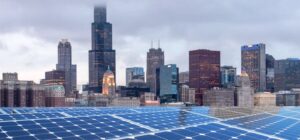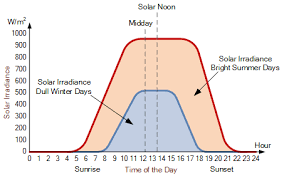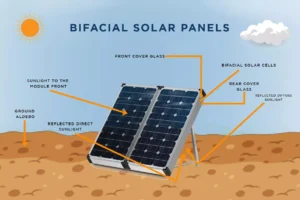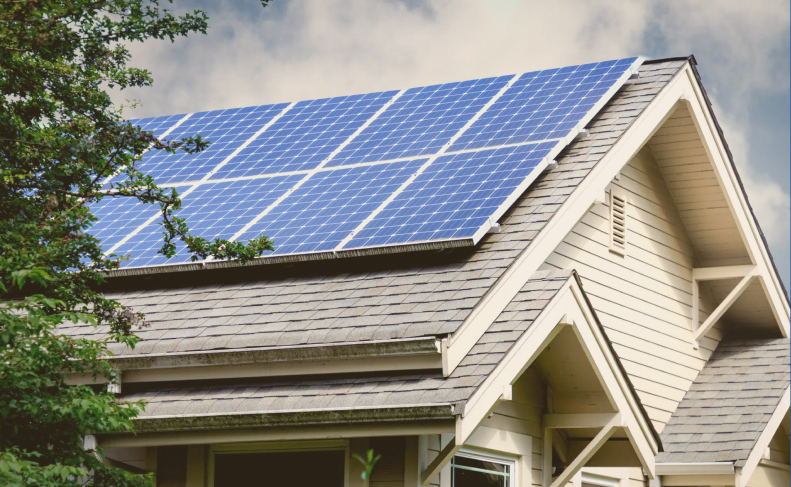A GUIDE ON SOLAR SAFETY CONCERNS. HOW TO MAKE THINGS 100% RISK-FREE
Poor installation & unprofessional maintenance = Solar safety concerns
Due to extreme weather in 2023, there can be safety concerns to residential rooftop solar PV systems if professional companies have not done the installation. That is why a guide on solar safety concerns is very important.
In case if there is no guide on solar safety concerns, it can put a question mark on your investment in solar including electrical safety and fire hazards, water leakage issues, and storm safety risks.
As long as you choose good solar panels, the latest technology solar inverters, cyclone-proof solar panel stands, and opt for chemical anchoring, safe installation, and regular maintenance and reliable installation companies, solar PV systems are 100% risk-free!
https://www.myscheme.gov.in/schemes/pmsgmb
Top 3 Risks Related to Poor Solar Installation
Solar is a lifelong commitment at least for 25 years. Rooftop solar will produce free electricity for the next 25 years. And the person investing in this technology should know the complete truth about every aspect. A GUIDE ON SOLAR SAFETY CONCERNS. HOW TO MAKE THINGS 100% RISK-FREE
#1. Electrical Safety and Fire Hazards
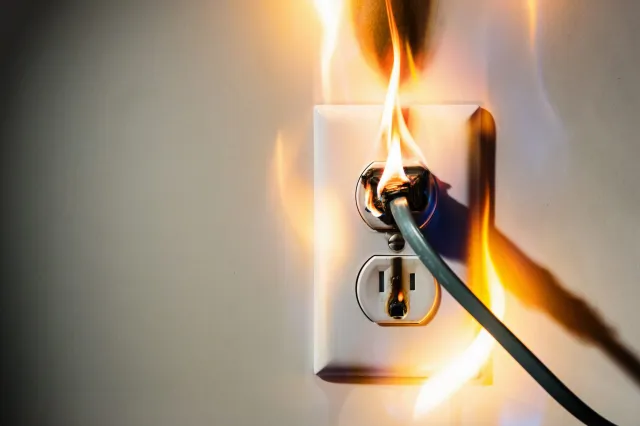
A house having on grid solar system accommodates sophisticated machinery that can have up to 1000 volts of electricity running through it.
Now, imagine for yourself What if—
– the proper connection is not there between the solar panels and the inverter?
– the connectors are not standard MC4 connectors?
– the proper standard crimping tools are not there in cables ?
– the DC cables vendor used are not standard cables that can handle the high outdoor DC voltage?
– the screws come loose?
The company you choose for solar installation must:-
– Use only tier-1 solar panels and components to install your rooftop solar system
– Perform a 12-month shadow analysis before finalizing the system design suitable for your rooftop
– HDGI coated modular mounting structures are provided so they can remain 100% rust-proof for at least 25 years.
– Offer additional services including proper hardware checks, regular system maintenance, and remote monitoring of the units your system generates.
#2. The Risk of Water Leakage on the Roof
Installing an on-grid solar system on a rooftop requires drilling on the roof to erect the mounting structure.
And not to forget, water is an exceptional conductor of electricity, which poses a risk of electric shocks.
How to remove these solar safety concerns permanently?
- Solutions For RCC rooftops
HILTI’s chemical is a leading waterproofing chemical that is so secure that it is also used in the construction of dams since it can easily handle the pressure created by large water bodies.
No matter how heavily it rains during the monsoon, our HILTI airtight seal will ensure that there’s no leakage whatsoever.
- Solutions for Metallic Shade Rooftops
If you have a metallic roof, you can’t install 6 to 9-feet solar PV stands to mount solar panels.
Needless to say, the metallic roof cannot hold such a heavy weight. What you need instead are full-rail aluminum structures.
#3. Cyclone and Storm Risk
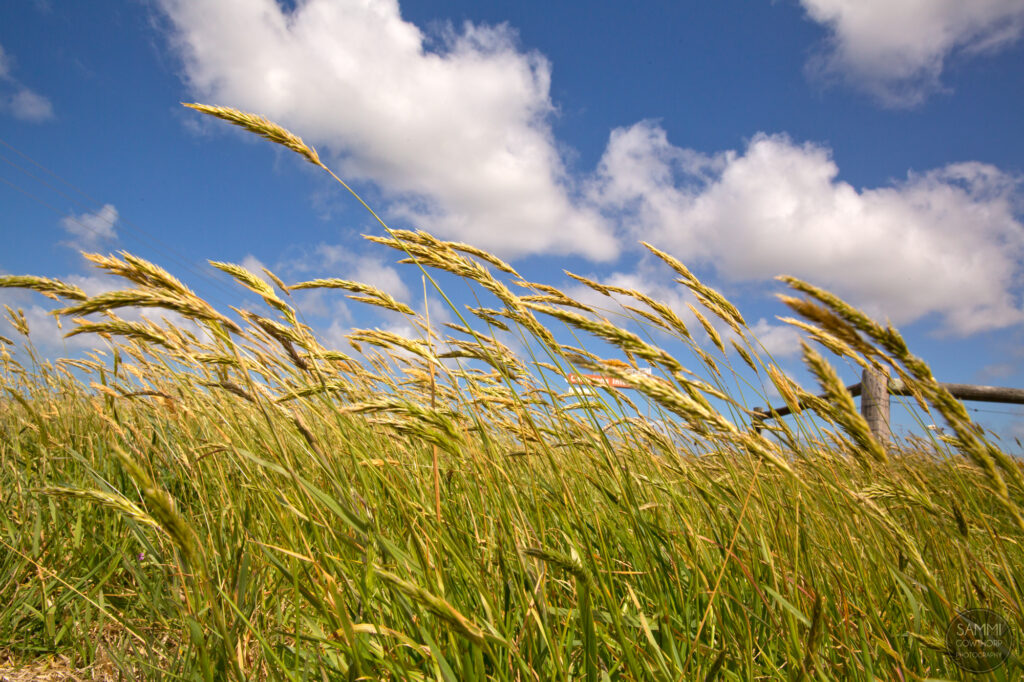
– Many vendors use reused or second-hand steel, which gets too brittle too soon
– The square steel pipes cut and welded on site easily catch rust when exposed to weather extremities like the rain. It reduces the load-bearing capacity of the structure since rust makes steel very brittle
– Cyclonic winds loosen the connections and joints of weak structures that can uproot the panels as well as the solar panel stands
– Opting for anticyclone mounting structures to install solar panels — Our high-resilience WindPro mounting structures are highly fabricated. As a result, these solar panel stands do not have any weak joints; hence, they can handle storms with wind speeds as high as 170 kmph
– Opting for corrosion-proof structures — We use only branded first-hand steel from top steel manufacturers such as Tata and Essar. This additional galvanizing step creates a thick rust-proof coating of 80 microns on the steel surface. The degradation rate of this zinc coating is just 3 microns per year. This means that even after 25 years, our solar panel stand will have a coating of 5 microns left. As a result, the mounting structures we offer stay rust-free for at least 25 years
– Opting for precision installation — The solar panels and other components we assemble on-site are never screwed manually. We use a special automatic torque-tightening machine and standard crimping tools to secure all joints, nuts, and bolts
\– Opting for advanced technology – The latest Pokayoke technology that Amdual uses is extremely advanced. When applied to solar installations, it takes the possibility of human errors out of question. That’s because Pokayoke uses methods like including color-coded or uniquely-shaped connectors that only fit together one way. The installation crew only has to follow what’s already pre-designed. Hence, our installations stay intact no matter how extreme the winds are.
How to remove these solar safety concerns permanently?
A GUIDE ON SOLAR SAFETY CONCERNS. HOW TO MAKE THINGS 100% RISK-FREE
Why Shouldn’t You Try to Self-Maintain the Solar System Post Installation?
Self-maintenance of rooftop solar systems post-installation is risky for the same reason why self-installation is risky — there is a DC current running through the system. Even a slight fault in any equipment or loose connections must be handled with deep care. Any glitch can —
- – Result in domestic fires
- – Lead to injuries and fatalities for residents
- – Lead to damage in your valuable solar system
On the contrary, trained professionals have the skills and tools to thoroughly inspect the wiring and components. Actual maintenance and debris removal starts only after professionals fix the identified issues.
